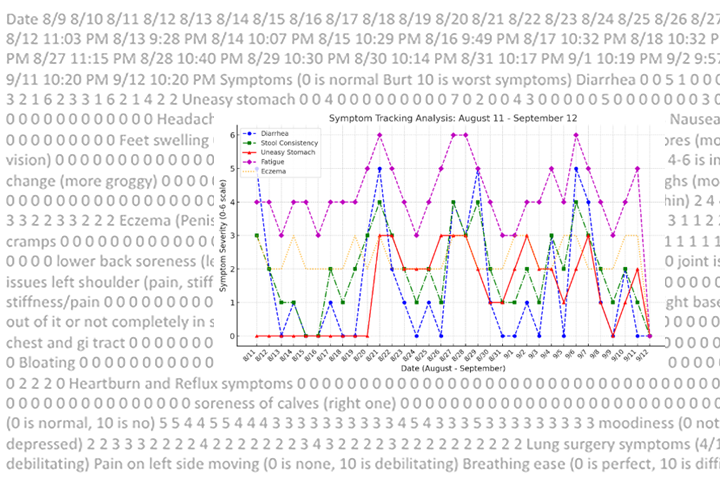Drug Onivyde Gives New Hope to Patients with Advanced Pancreatic Cancer

Diane A. Reid; National Cancer Institute
For years, researchers have been looking for new options for patients with advanced pancreatic cancer whose disease has progressed after receiving so-called first-line treatments, those primary therapies provided immediately after diagnosis.
Last year, in late October, patients and their doctors received some good news.
That’s when the FDA approved a new drug called Onivyde as a second-line treatment option for patients who have been treated previously with a gemcitabine-based (Gemzar) chemotherapy, a standard of care for advanced disease. Onivyde (technically called irinotecan liposome injection), was approved for use in combination with two other drugs: fluorouracil (5-FU) and leucovorin.
Onivyde received what the FDA calls “priority review status,” which means that experts try to make a decision on the drug’s effectiveness in about six months.
A New Standard of Care for Second-Line Treatment
But prior to this approval, patients—and their doctors—didn’t have a standard of care treatment when the disease progressed, explains nurse practitioner Gayle Jameson, associate investigator at HonorHealth Research Institute in Scottsdale, Arizona.
“This is the first and only FDA-approved second-line treatment for patients, and it brings a lot of hope not only to those patients who are fighting this disease, but also to those who treat them,” says Jameson, who was the principal investigator for HonorHealth on the global NAPOLI-1 study on which FDA-approval was based. “This FDA approval provides a backup plan based on tremendous science. We are thrilled,” adds Jameson.
Onivyde Improves Survival
The NAPOLI-1 study included 417 patients, all with advanced pancreatic cancer that had progressed after receiving gemcitabine either alone, or in combination with another drug.
The trial was designed to help determine whether those individuals receiving Onivyde with fluorouracil/leucovorin or Onivyde alone would live longer than those individuals who just received fluorouracil/leucovorin as a second-line treatment, according to the FDA.
Results of the trial showed that patients who were treated with Onivyde in combination with fluorouracil/leucovorin in the second-line setting, lived an average of 6.1 months, compared to 4.2 months for those treated with only fluorouracil/leucovorin. Patients who received the drug combination also showed improvement in the time it took for the disease to progress, 3.1 months, compared to 1.5 months for those who only received the fluorouracil/leucovorin combination.
There was no improvement in terms of survival for those individuals who received Onivyde alone, compared to those individuals who received the fluorouracil-leucovorin combination, according to the FDA.
“Moving The Needle In The Right Direction”
To those individuals who have not fought the battle against pancreatic cancer, a few months of increased survival may not seem that big of a breakthrough. But they’re wrong, says Jameson.
“We know that advanced pancreatic cancer will progress at some point, but two months of survival can be an absolute game changer for people,” says Jameson, who has worked in the oncology field for more than 35 years.
“Patients want hope, and so do we as providers of care. This
approval means we are making progress in fighting this disease, and that’s what matters.”
Indeed, pancreatic cancer has been notoriously tough to treat. And although today it is the fourth-leading cause of cancer death in America, researchers expect it to be the second-leading cause of cancer death in the United States by 2030.
“This is a lethal, scary disease, and our greatest frustration has been our inability to give people hope,” says Jameson. “With trials like NAPOLI-1 and so many others that we are working on, I can honestly say that this is an exciting time in terms of research and potential treatments. We are moving the needle in the right direction.”
In March 2016, the Onivyde-fluorouracil-leucovorin combination approach to second-line treatment was added to the 2016 National Comprehensive Cancer Network Clinical Practice Guidelines in Oncology as a Category 1 classification, which is based upon the highest level of evidence.






